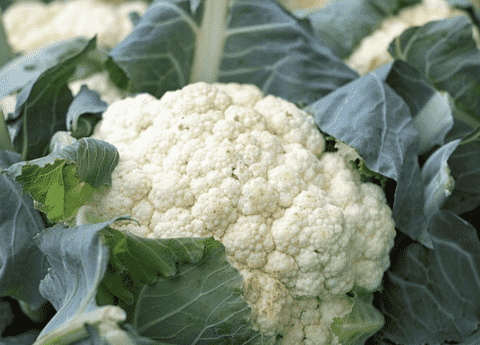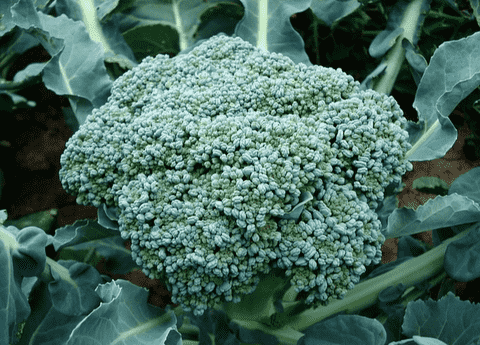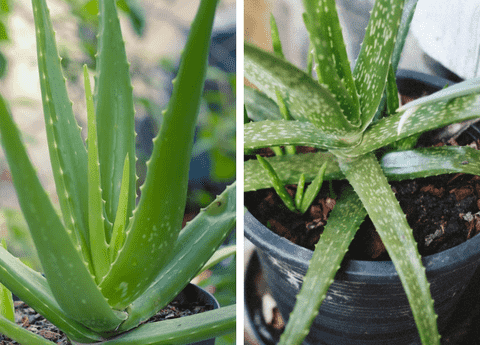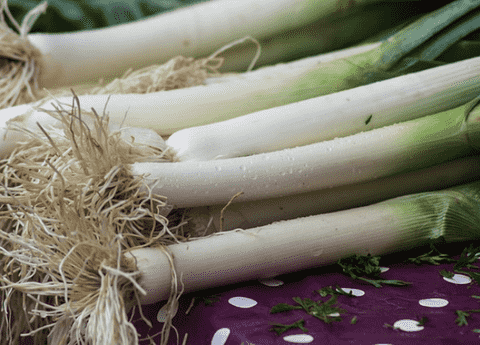Top Cauliflower Care Tips for Thriving Vegetable Gardens
Table of Contents
Cauliflower is a versatile and nutritious vegetable that can be a rewarding addition to any home garden. For those interested in growing vegetables, understanding how to grow cauliflower successfully is key to ensuring a bountiful harvest. This guide will provide essential cauliflower care tips, covering everything from soil preparation to pest management, to help you cultivate thriving, organic cauliflower plants. Whether you’re a seasoned gardener or a beginner, these insights into cauliflower gardening will equip you with the knowledge needed for organic cauliflower cultivation. Dive in to learn the best practices for nurturing this delicious and healthy vegetable in your own backyard.
Essential Cauliflower Gardening Basics
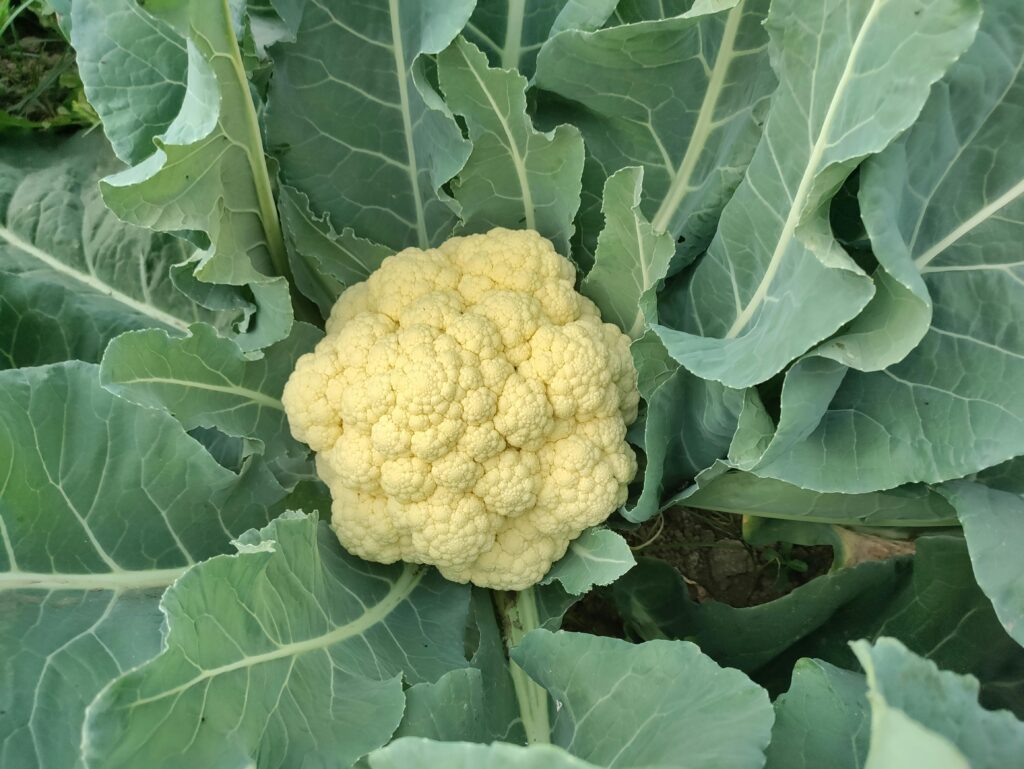
Understanding Soil Requirements
To achieve successful cauliflower gardening, starting with the right soil is crucial. Cauliflower thrives in fertile, well-drained soil rich in organic matter. The ideal pH level should range between 6.0 and 7.0, which supports optimal growth and nutrient absorption. Before planting, mix compost or well-aged manure into the soil to enhance its fertility and structure. It’s essential to ensure good drainage to prevent waterlogging, which can lead to root rot and other issues. Regularly test the soil’s pH and nutrient levels to maintain the ideal conditions for growing vegetables like cauliflower. If necessary, adjust the pH with lime or sulfur to keep it within the recommended range. By understanding and meeting these soil requirements, you set the foundation for successful organic cauliflower cultivation, leading to healthy plants and a plentiful harvest.
Ideal Planting Conditions
Cauliflower requires specific planting conditions to flourish. Timing is crucial; plant cauliflower in early spring or late summer to avoid the extreme temperatures of summer. The vegetable prefers cool weather and grows best when daytime temperatures range between 60°F and 70°F. Select a location in your garden that receives full sun, as cauliflower needs at least six hours of sunlight daily. Before planting, ensure the soil temperature is at least 50°F to promote germination and healthy growth. Space the plants about 18 to 24 inches apart, allowing adequate room for their broad leaves to spread. This spacing also ensures good air circulation, reducing the risk of diseases. By providing these ideal planting conditions, you can enhance your cauliflower gardening efforts, leading to robust plants that promise a satisfying harvest. These conditions are essential for those looking to master how to grow cauliflower successfully.
Choosing the Right Varieties
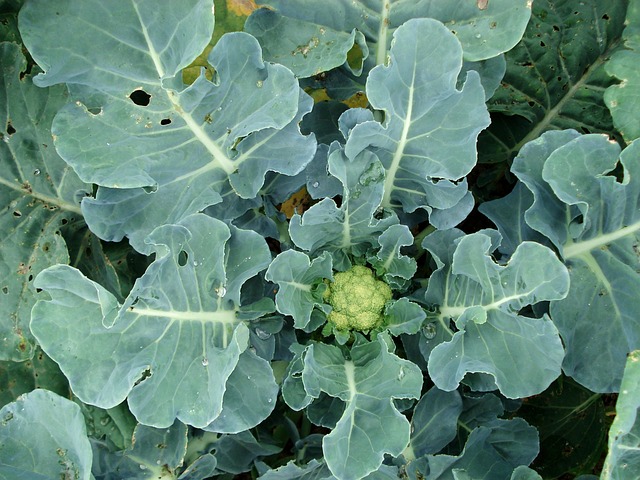
Selecting the right cauliflower varieties is pivotal to successful cauliflower gardening. There are several varieties to choose from, each with unique characteristics suited to different growing conditions and culinary preferences. For beginners, “Snowball” is a popular choice due to its reliable performance and classic white curds. If you’re interested in colorful options, consider “Graffiti” for vibrant purple heads or “Cheddar” for rich orange hues, both adding visual appeal and nutritional diversity. It’s also wise to choose varieties that are well-suited to your local climate. For instance, “Amazing” is a heat-tolerant variety ideal for warmer regions, while “Bishop” can withstand cooler temperatures. Hybrid varieties often offer better disease resistance and uniform growth. By selecting the appropriate cauliflower varieties, you align your gardening efforts with your specific environmental conditions and culinary needs, enhancing your chances of a successful and rewarding harvest. This careful selection is key to mastering how to grow cauliflower.
Effective Cauliflower Care Tips
Watering and Fertilizing Techniques
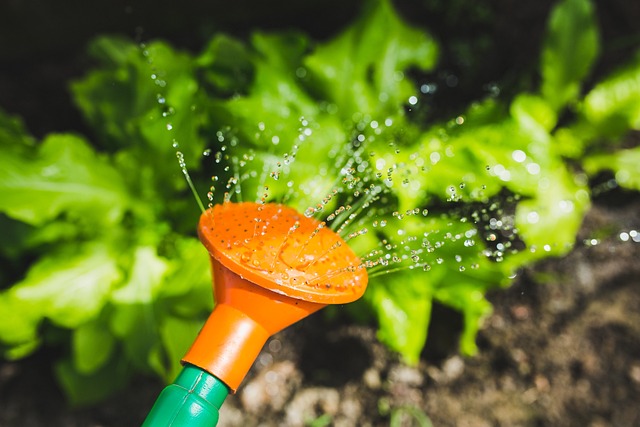
Proper watering and fertilizing are vital cauliflower care tips for ensuring healthy growth. Cauliflower requires consistent moisture, so aim to provide about 1 to 1.5 inches of water per week. Water deeply and evenly to encourage strong root development, but be cautious of overwatering, which can lead to root rot. Mulching around the base of the plants helps to conserve soil moisture and stabilize temperature. When it comes to fertilizing, start with a balanced fertilizer high in nitrogen to support leaf growth during the early stages. As the plants develop, switch to a fertilizer with more phosphorus and potassium to promote head formation and overall health. Organic options like fish emulsion or compost tea can be beneficial for organic cauliflower cultivation. Regularly monitor your plants and adjust your watering and fertilizing schedule based on their needs and environmental conditions. These techniques are essential for mastering how to grow cauliflower successfully.
Managing Pests and Diseases
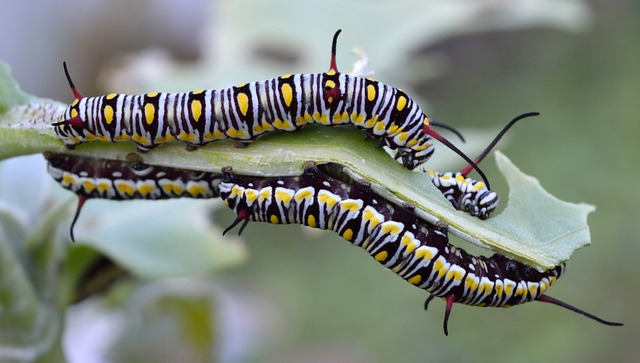
Managing pests and diseases is crucial for maintaining healthy cauliflower plants. Common pests include aphids, cabbage worms, and flea beetles, which can damage leaves and curds. To manage these pests, regularly inspect your plants and use organic methods like neem oil or insecticidal soap. Introducing beneficial insects, like ladybugs and predatory wasps, can naturally help control pest populations.
Disease management is equally important. Cauliflower is susceptible to diseases like clubroot, black rot, and downy mildew. To prevent these, practice crop rotation and avoid planting cauliflower in the same spot each year. Ensure good air circulation by spacing plants properly and avoiding overhead watering to reduce leaf wetness. Immediately remove any infected plants to prevent the disease from spreading. Using disease-resistant varieties can also offer added protection.
By implementing these pest and disease management strategies, you can ensure a healthier, more productive cauliflower gardening experience.
Ensuring Proper Sunlight Exposure
Sunlight exposure is a key factor in successful cauliflower gardening. Cauliflower needs full sun, meaning at least six to eight hours of direct sunlight daily. Proper sunlight exposure is essential for photosynthesis, which fuels plant growth and development. When selecting a planting location, choose a spot that is open and receives ample sunlight throughout the day. Avoid areas that are shaded by trees, buildings, or other structures, as insufficient light can lead to leggy, weak plants and poor head formation.
If you live in a particularly hot climate, providing some afternoon shade can prevent heat stress, which can cause bolting. Bolting occurs when plants prematurely flower and go to seed, which can ruin the edible curd. By ensuring optimal sunlight exposure and managing heat, you create an environment conducive to healthy, robust growth. This attention to sunlight needs is a cornerstone of effective cauliflower care tips, crucial for those learning how to grow cauliflower effectively.
Advanced Techniques for Organic Cultivation
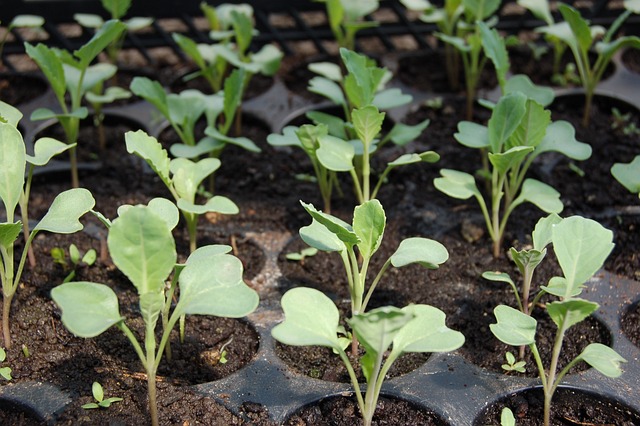
Crop Rotation Strategies
Implementing crop rotation strategies is essential for maintaining soil health and preventing disease in organic cauliflower cultivation. Crop rotation involves changing the location of cauliflower and other related crops, like broccoli and cabbage, each planting season. This practice helps prevent the buildup of soil-borne diseases and pests that can occur when the same family of plants is grown in the same area repeatedly.
A good rotation plan includes a three to four-year cycle, where cauliflower is followed by crops from different plant families, such as legumes or root vegetables. Legumes, for instance, can replenish soil nitrogen levels, benefiting subsequent crops. Additionally, varying the crops helps break pest and disease life cycles, reducing their recurrence.
Proper crop rotation not only promotes healthier plants but also enhances soil fertility and structure, leading to more robust harvests. By incorporating these strategies, gardeners can optimize their cauliflower gardening efforts, ensuring sustainable and productive growth in the long term.
Mulching and Weed Control
Mulching and weed control are integral components of advanced organic cauliflower cultivation. Applying mulch around your cauliflower plants offers multiple benefits, including moisture retention, temperature regulation, and weed suppression. Organic mulches, such as straw, wood chips, or shredded leaves, are excellent choices for this purpose. They decompose over time, enriching the soil with organic matter and nutrients.
Weed control is crucial, as weeds compete with cauliflower for nutrients, water, and sunlight. By applying a layer of mulch, you can effectively suppress weed growth by blocking light and reducing their emergence. For optimal results, maintain a mulch layer of about 2 to 3 inches deep around your plants.
Regularly inspect your garden for any persistent weeds, removing them by hand to prevent them from seeding and spreading. By effectively managing weeds and using mulch, you create a healthier growing environment, contributing to the success of your cauliflower gardening efforts.
Harvesting and Storage Tips

Knowing when and how to harvest cauliflower is crucial for achieving the best quality and flavor. Typically, cauliflower heads are ready for harvest when they reach 6 to 8 inches in diameter and are firm and compact. The curds should be tight and white, although color varieties will have different hues. To harvest, use a sharp knife to cut the head from the plant, leaving a few inches of the stem attached.
Proper storage is essential to maintain the freshness of your cauliflower. After harvesting, immediately cool the heads by placing them in cold water for a few minutes. Then, store them in the refrigerator, ideally in a perforated plastic bag to allow for air circulation. Cauliflower can be kept fresh for up to two weeks under these conditions.
For longer storage, consider blanching and freezing the cauliflower. By following these harvesting and storage tips, you can enjoy your home-grown cauliflower well beyond the growing season, making the most of your cauliflower gardening efforts.

